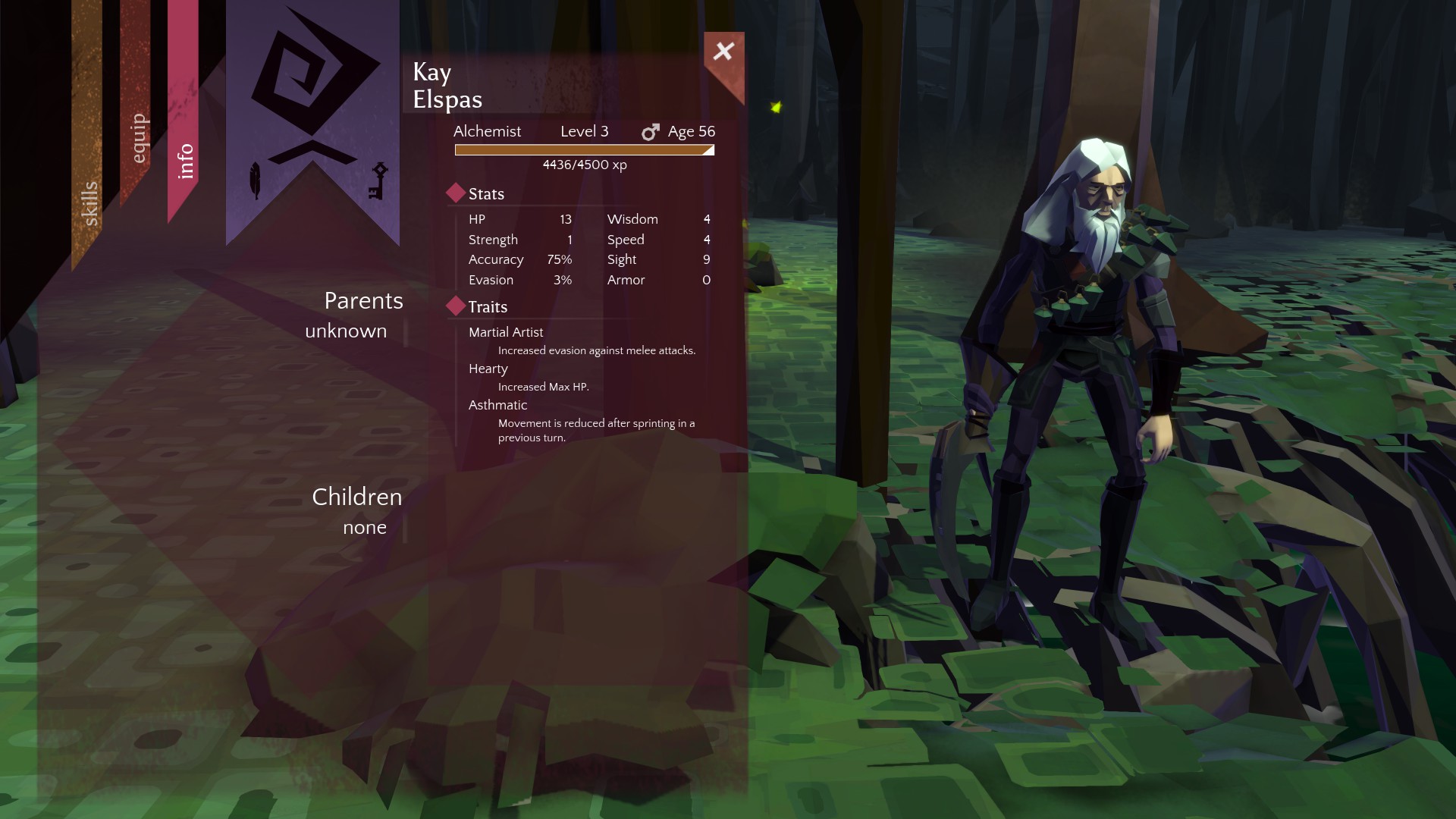
Written by Emanuel Maiberg
At first, Massive Chalice seems like a competent, post-XCOM, fantasy turn-based strategy game. That, on its own, wouldn't get me excited (especially since I always prefer lasers to swords), but Massive Chalice innovates on the parts of XCOM that got me hooked: my emotional and strategic investment in the characters I trained, equipped, and sent on missions. It raises the stakes with an intergenerational scope, where the heroes I take into battle age over time, mate with other heroes, and produce children who will fight on for the cause. When one of them dies, I'm not just losing a soldier, but a family member—or worse, an entire bloodline.
On the tactical layer it plays exactly like XCOM. The Cadence, an army of monsters, trade turns moving and attacking on a tile-grid with your forces, The Nation. Chalice even mixes some of XCOM's elite, special forces motifs into the fantasy setting. The Caberjack unit, a heavy melee character, carries a big battering ram like a medieval SWAT member. The Archers' crossbows are so big that they have to hoist them up on their shoulders and fire them like rocket launchers. The Alchemist unit serves as the explosives expert, tossing potent flasks that deal damage across an area.
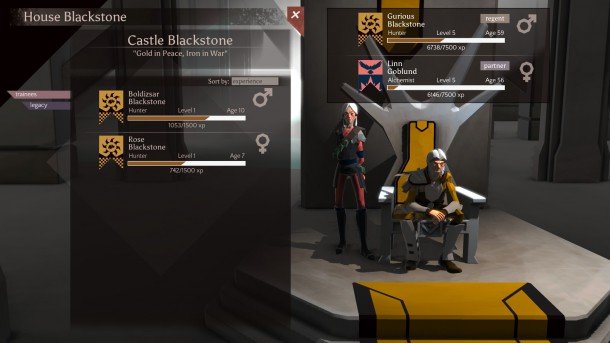
It's a cool thematic twist and it's not just superficial. The fantasy world allows Massive Chalice to imagine any kind of hero or ability it wants, and Double Fine's Project Lead Brad Muir is using the opportunity to address some specific issues that bug him about the genre.
For example, rushing all your units to one dangerous enemy and wailing on him until he's dead isn't going to work against the Bulwark. This gurgling fossil monster counters that strategy by increasing his defenses after each hit. Hit him once, and he'll grow an outer shell that will reduce following strikes to just one or two damage points. It's a small tweak that has a bigger impact on the battle flow than I expected, forcing me to spread my damage across enemies instead of just methodically eliminating one threat at a time.
Magical abilities on the players' end were not as interesting or useful. The Seizure class can swap positions with any of your other units on the map, but I didn't see the benefit of putting one character in a bad spot instead of another. The quick Hunter class can remain invisible as long as it finishes its turn next to a tall piece of cover, regardless of line-of-sight, which is odd because line-of-sight matters in other instances.
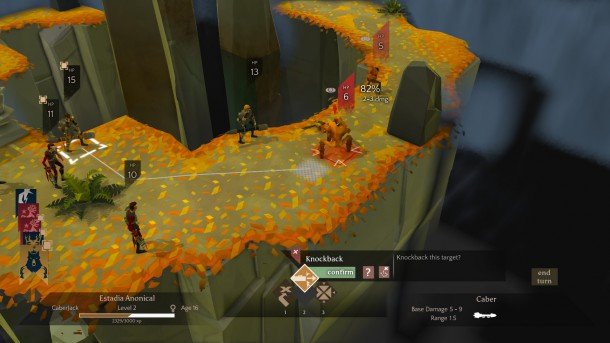
However the magical details turn out, Massive Chalice's tactical portion is still a little too familiar. Luckily, my appetite for turn-based strategy game of this type is still greater than the number we're getting. The strategic layer is where it gets interesting.
The biggest gaming news, reviews and hardware deals
Keep up to date with the most important stories and the best deals, as picked by the PC Gamer team.
The Nation is made up of five outer and five inner regions. In each, you can construct a building, install one of your heroes as regent, and choose another hero as their mate. Over time, the couple will produce babies that grow up to become your future heroes. The babies' abilities and stats are determined by their parents, though results are not guaranteed. If two heroes have a strong affinity for ranged attacks, it's more likely that their baby will too, but recessive traits can emerge as well, and they're not just randomly generated. They're coded into the bloodline and can emerge with any generation, just like in real life.
It's not implemented in the game yet, but the plan is that some of these matches will also generate unique abilities. An Archer and Caperjack, for example, could birth a hero who can fire arrows with an additional knockback effect.
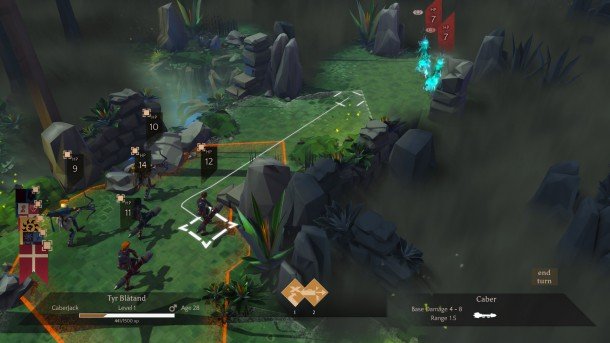
I was also happy to learn that both male and female heros can be ordained regents. The baby's class is determined by the parent who is regent, so gender equality gives you double the options, and it's also cool that your female heroes are just as worthy of a promotion as their male counterparts.
Inbreeding, in case you're wondering, isn't allowed. Second cousins is as close as it gets.
Getting the most out of your characters during their lifetime feels like Massive Chalice's key differentiating feature, and the most interesting tightrope to walk. A grizzled knight with 50 years of combat experience is useful in battle, but each mission he takes risks his entire lineage, the traits and gear that made him a valuable warrior in the first place. You can also build a standard retreat, and install him there to train future generations instead of taking him into battle.
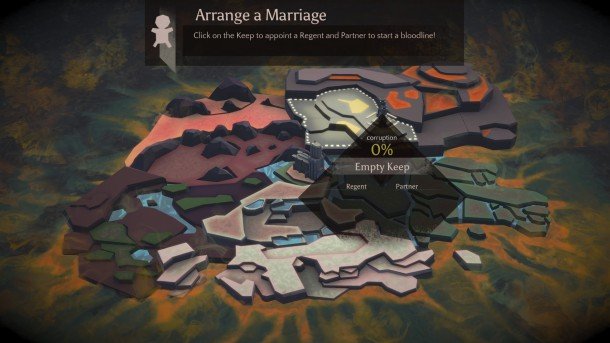
I loved the idea that some enemies will even prey on your attachment to certain characters with attacks that take away not only hit points, but years from that character's life. You may emerge from battle victorious, but your favorite character will be 35 years closer to the grave.
Muir said that the average time to complete a game is about 12 hours and that you're probably not going to make it on your first attempt. It will take many more hours with the game to find out for sure, but if Massive Chalice will offer as much variety and weird surprises related to its heroes' bloodlines as it promises, restarting it multiple times and trying different strategies would be a pleasure. If it doesn't, it's in danger of turning out like just a smaller XCOM with a different set of props.
PC Gamer is the global authority on PC games—starting in 1993 with the magazine, and then in 2010 with this website you're currently reading. We have writers across the US, Canada, UK and Australia, who you can read about here.


